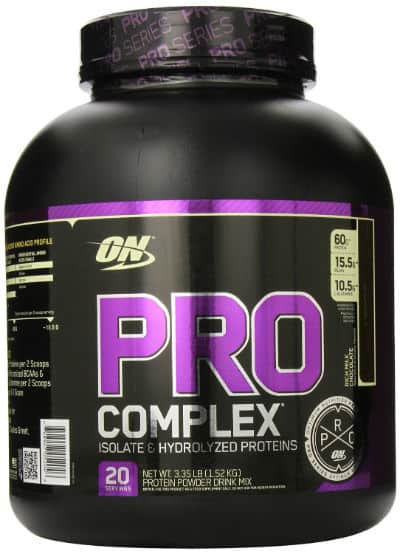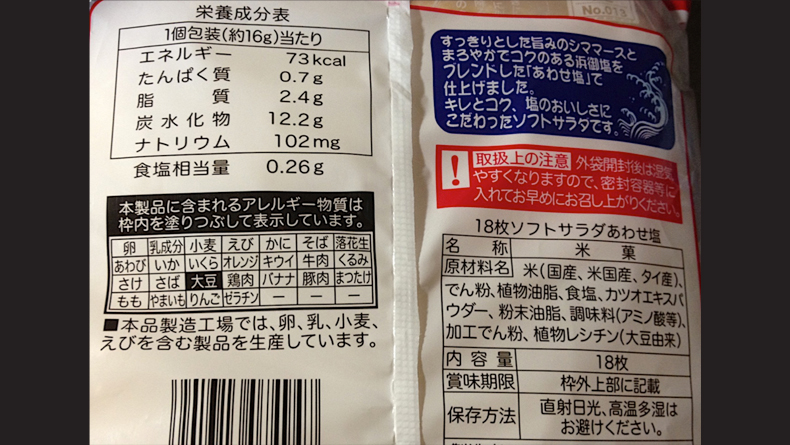38 reading nutrition fact labels
How to Understand and Use the Nutrition Facts Label | FDA When looking at the Nutrition Facts label, first take a look at the number of servings in the package (servings per container) and the serving size. Serving sizes are standardized to make it easier... Reading Nutrition Facts Labels Like a Pro: Dietitian Tips ... - NutriSense NutriSense Dietitian Tips to Reading Food Labels Total calories, dietary fiber, sucrose, dextrose, total fat... even if you're used to counting calories, reading nutrition labels can be a chore. No matter how well versed you are with everything from perfect daily values to serving sizes, understanding every detail on every label can be challenging.
How to read nutrition facts on food labels? What are the three rules of nutrition label reading? Look for the three most unwanted nutrients on the product label first. Saturated fat, added sugar, and sodium are the three (salt). Then check for protein, dietary fiber, and unsaturated fat, which are the three most desirable nutrients. Next post: How to prepare pureed food for elderly?

Reading nutrition fact labels
Learn How the Nutrition Facts Label Can Help You Improve Your Health Read the Nutrition Facts labels on your packaged food and drinks to keep track of sugars, fats, protein, and other nutrients. Most sodium we consume is from salt, and salt is commonly in processed foods. Read labels and choose the product with less sodium. Drink plain water instead of sugary beverages. The Basics of the Nutrition Facts Label - Academy of Nutrition and ... The following is a quick guide to reading the Nutrition Facts label. Step 1: Start with the Serving Size Look here for both the serving size (the amount people typically eat at one time) and the number of servings in the package. Compare your portion size (the amount you actually eat) to the serving size listed on the panel. Reading Nutrition Facts Labels - University of Arizona If you eat both servings then you'll actually eat 500 calories. Look at the percent daily value. As a guideline, a % daily value about 20% is high and below 5% is considered low. So this product is high is Calcium and Sodium, but low in Iron, Fiber and Vitamins A and C. Look out for saturated fat, trans fat, sodium and cholesterol.
Reading nutrition fact labels. How to Read a Nutrition Facts Label | Everyday Health When reading a nutrition facts label, look at the serving size first. "This helps put the nutrient information into context and allows comparison between products," says Goergen. Serving size is... Nutrients | Free Full-Text | Do Individuals Use Nutrition Labels on ... Nutrition labels on food packages are designed to assist consumers in making healthy decisions. Based on the model of a dual-process system, the current study examined how people might be affected by nutrition labels and consuming contexts when making choices about healthy foods. Using four types of nutrition labels (i.e., the NuVal label, 5-Color nutrition label, traffic light label, and ... How To Read Food and Beverage Labels - National Institute on Aging How to read the Nutrition Facts label The U.S. Food and Drug Administration (FDA) requires a Nutrition Facts label on most packaged foods and beverages. At the top of the Nutrition Facts label, you will find the total number of servings in the container and the food or beverage's serving size. How to Read the Nutrition Facts Label - Greater Boston Urology In 1990, the Nutrition Labeling and Education Act was signed into law. In 1993, the standardized nutrition facts label was presented. The label received its first makeover in 2016. And by July 2021, all packaged foods have been required to update to the new label. What does the nutrition facts label include?
Understanding Food Nutrition Labels | American Heart Association Make sure you get enough of the nutrients your body needs, such as: calcium, choline, dietary fiber, iron, magnesium, potassium, and vitamins A, C, D and E.* 5 - Understand % Daily Value. The % Daily Value (DV) tells you the percentage of each nutrient in a single serving, in terms of the daily recommended amount. How to Easily Read Nutrition Facts Labels | Underscore_ Sodium. Sodium (listed in milligrams) is necessary for keeping proper body fluid balance. The total Sodium shown on Nutrition Facts labels includes the Sodium from salt, plus Sodium from naturally occurring ingredients. The American Heart Association recommends no more than 2,300 mg of Sodium (about 1 tsp of salt) per day. The Nutrition Facts Label: Look for It and Use It! | SNAP-Ed Read the Label includes lots of tips and challenges created especially for you! These printable activities help you learn more about servings, calories, and nutrients. So, get started today. You'll learn a lot and have fun when you Read the Label! Website Nutrition Facts Label (PDF,566 KB) Funding Source Food and Drug Administration Free Material How to Read Everything on the Nutrition Facts Label - Food Network This carries over to all the other nutrients on the label. If 1 serving of a food has 120 mg of sodium, it can technically be labeled as a "low sodium" food. However, if you eat 3 servings, triple...
PDF TO CARE 4 YOURSELF READING A NUTRITION FACTS LABEL - novoMEDLINK Potassium300mg 9% Protein 6g Total Carbohydrate18g Saturated Fat 0g Dietary Fiber 6g Vitamin A 0% Calcium 4% Folic Acid 0% Sugars 1g Trans Fat 0g Polyunsaturated Fat 0.5g Monounsaturated Fat 0.5g Vitamin C 0% Start here What you eat is important. But so is how much you eat. So start by looking here. Reading Food Labels | ADA - American Diabetes Association Put food labels to work The Nutrition Facts labels on foods are really the key to making the best choices. We'll cover the basics so that these labels make shopping easier for you. Get started Understanding Carbs You've heard it all. From carb-free to low-carb, to whole and empty carbs, it's hard to know what it all means. Learn more Nutrition Facts Food Label (Reading Labels, Consumer Math, Daily Value ... This Nutrition Facts Labels Unit teaches students how to read Food Nutrition Facts Labels. It discusses important key terms like Calories, Daily Value, Ingredients, and Allergens. It asks students questions that requires them to think critically and apply math skills while reading a Nutrition Facts Label. There is an example page that shows them how to solve the problems that require them to ... How to Read Nutrition Facts | Food Labels Made Easy - YouTube Finally, on some labels you will see the calories per gram for each macronutrient. Fat contains 9 grams per serving and Carbohydrates and Proteins contain 4. So for every 10 grams of fat, you will...
How to Read Nutrition Facts Label | Jenny Craig This section on the nutrition facts label shows you how many total carbs (which include fiber, sugar and added sugar) are in a product. Dietary Fiber: Adults should aim to consume 25-30 grams of fiber daily. 9. Many adults don't eat enough fiber. So check for products that contain this nutrient.
Food label reading guide | Nutrition Australia What to look for when reading food and drink labels (per 100g) Health Star Ratings The Health Star Rating is a front of pack labelling scheme which can be used to make healthier food choices at a glance. The rating range is from ½ - 5 stars and the more stars, the healthier the choice. Recommended minimum star ratings for food and drink categories
PDF How Do I Understand the "Nutrition Facts" Label? Nutrition Facts label and ingredient list. When you go grocery shopping, take time to read the Nutrition Facts labels on the foods you purchase. Compare the nutrients and calories in one food to those in another. The information may surprise you. Make sure you aren't buying foods high in calories, saturated fat, trans fat, sodium and added ...
Quick Tips for Reading the Nutrition Facts Label - Food and Drug ... Quick Tips for Reading the Nutrition Facts Label Use Percent Daily Value (%DV) as a guide. The %DV shows how much a nutrient in a serving of the food contributes to a total daily diet. As a general...
How to Read Nutrition Facts Labels - Action for Healthy Kids Choosing foods that have smaller percentage Daily Value for saturated fat, added sugars and sodium. A small percentage or low amount of a specific nutrient is considered 5% DV or less. Choosing foods that have higher percentage Daily Value for vitamins, minerals and fiber. A higher percentage of a specific nutrient is considered 20% DV or more.
How to Use the Nutrition Fact Label, Eat Right, NHLBI, NIH Get enough of these: potassium, fiber, vitamins A and C, calcium, and iron Use the Percent Daily Value (% DV) column when possible; 5% DV or less is low, 20% DV or more is high Visit the Smart Food Shopping page and learn how the label can help you choose foods lower in calories, fat, and added sugar to help maintain a healthy weight.
How To Read Nutrition Labels (Infographic) | Crunch Fitness Saturated Fat. Carbohydrate. Sugars. Sodium. Any labels present on the packaging that make a claim like 'good source of fibre' must substantiate this claim in the nutrition panel. These nutritional values are displayed most commonly in two ways - 'serving size' and 'quantity per 100g'.






Post a Comment for "38 reading nutrition fact labels"